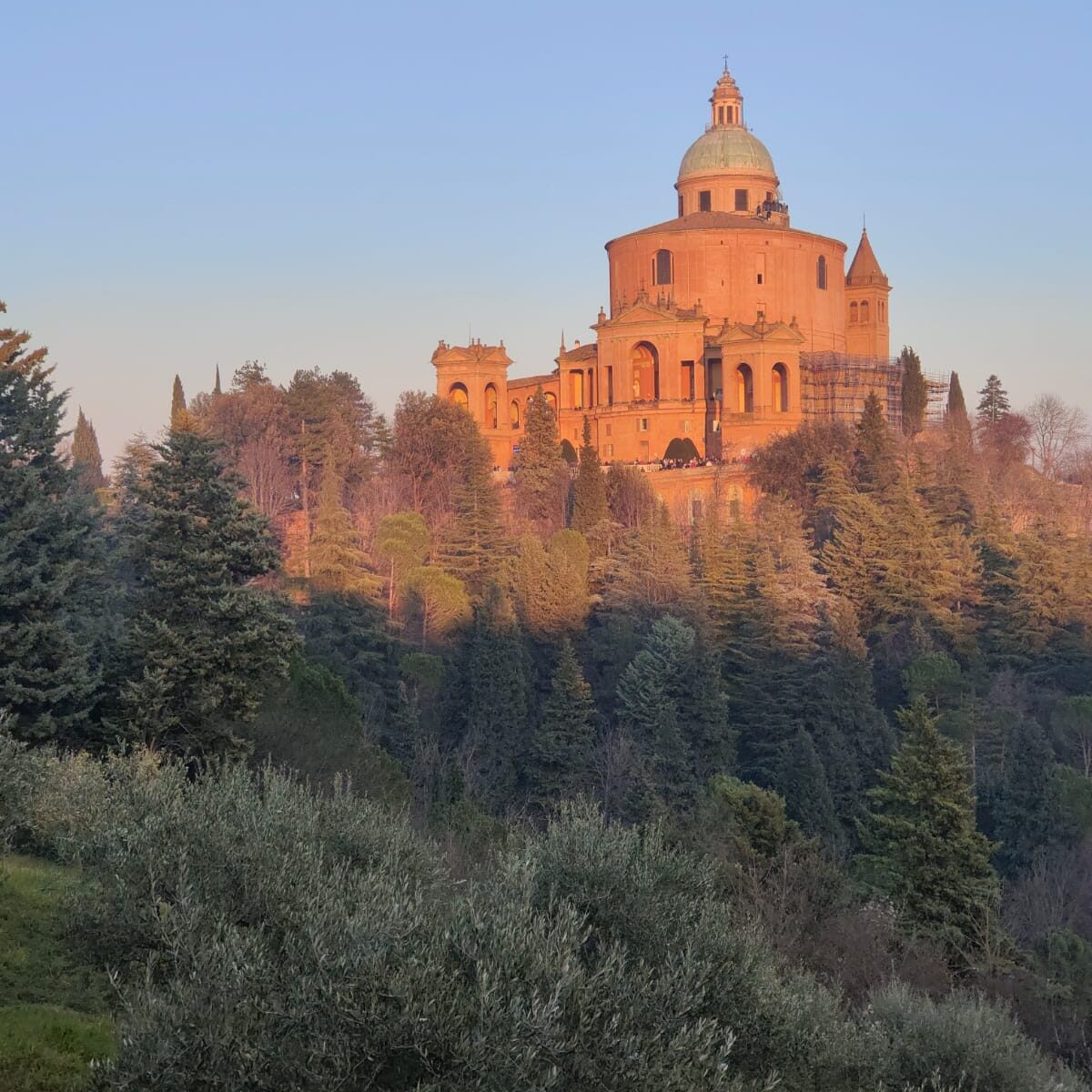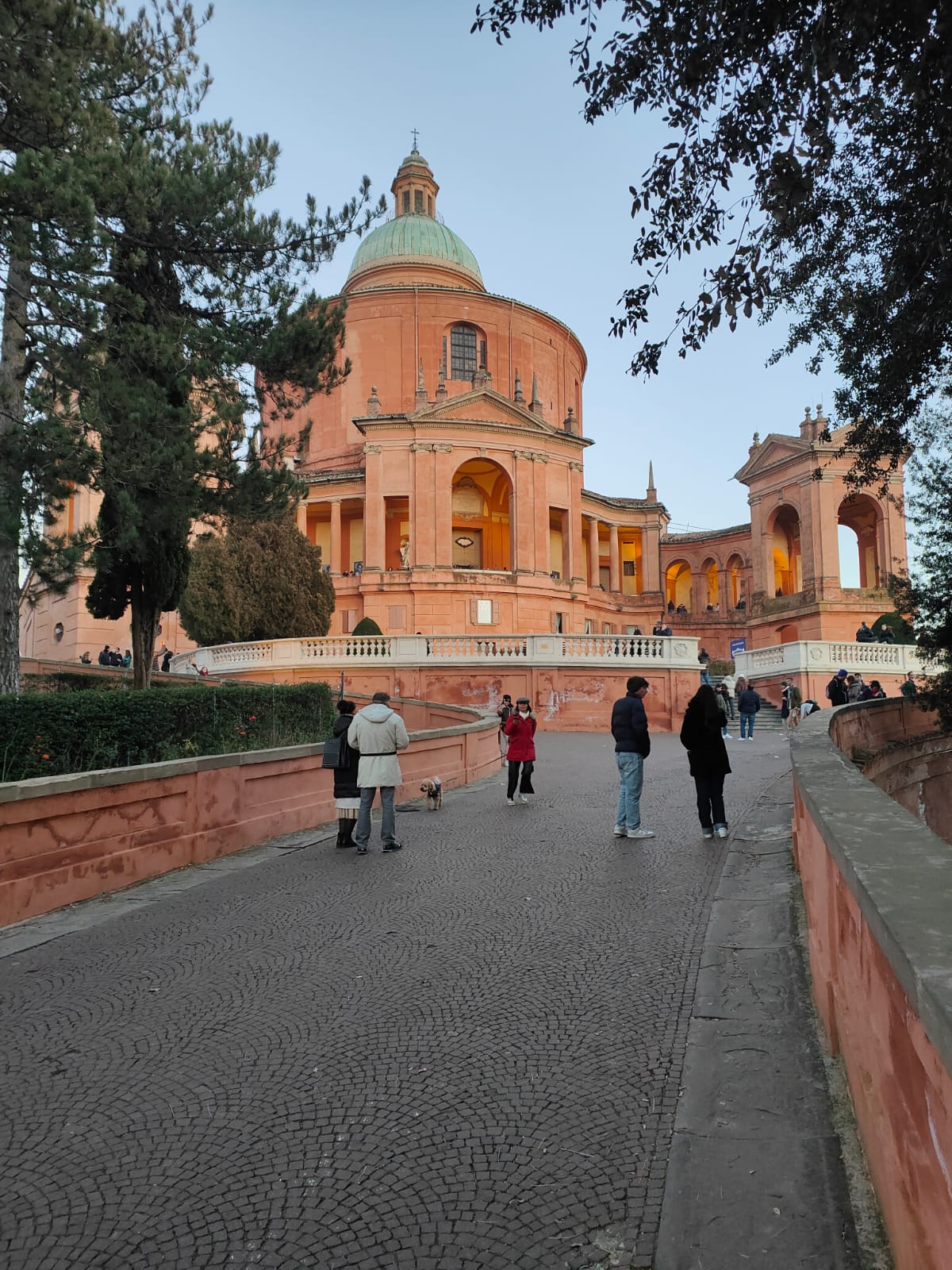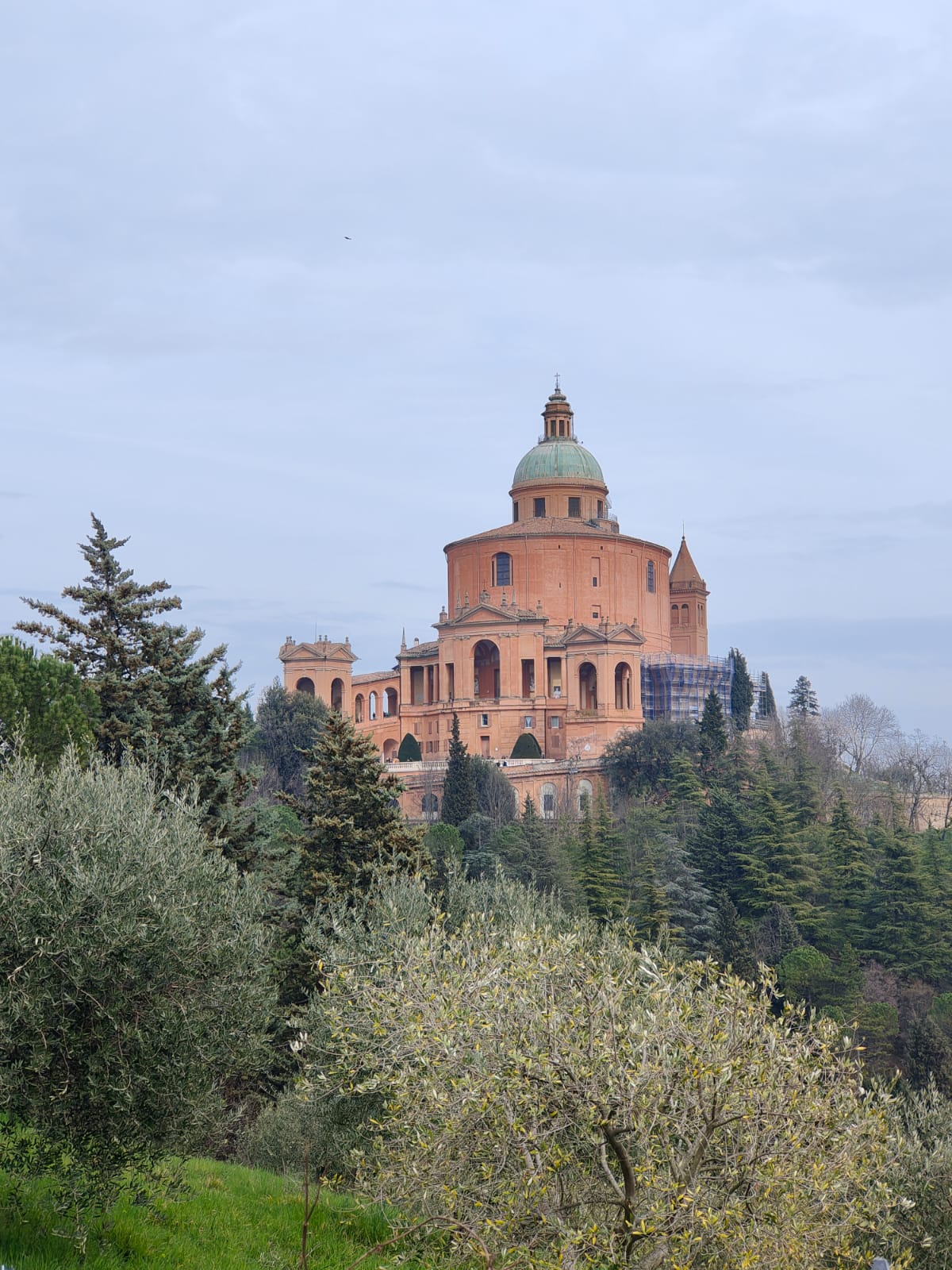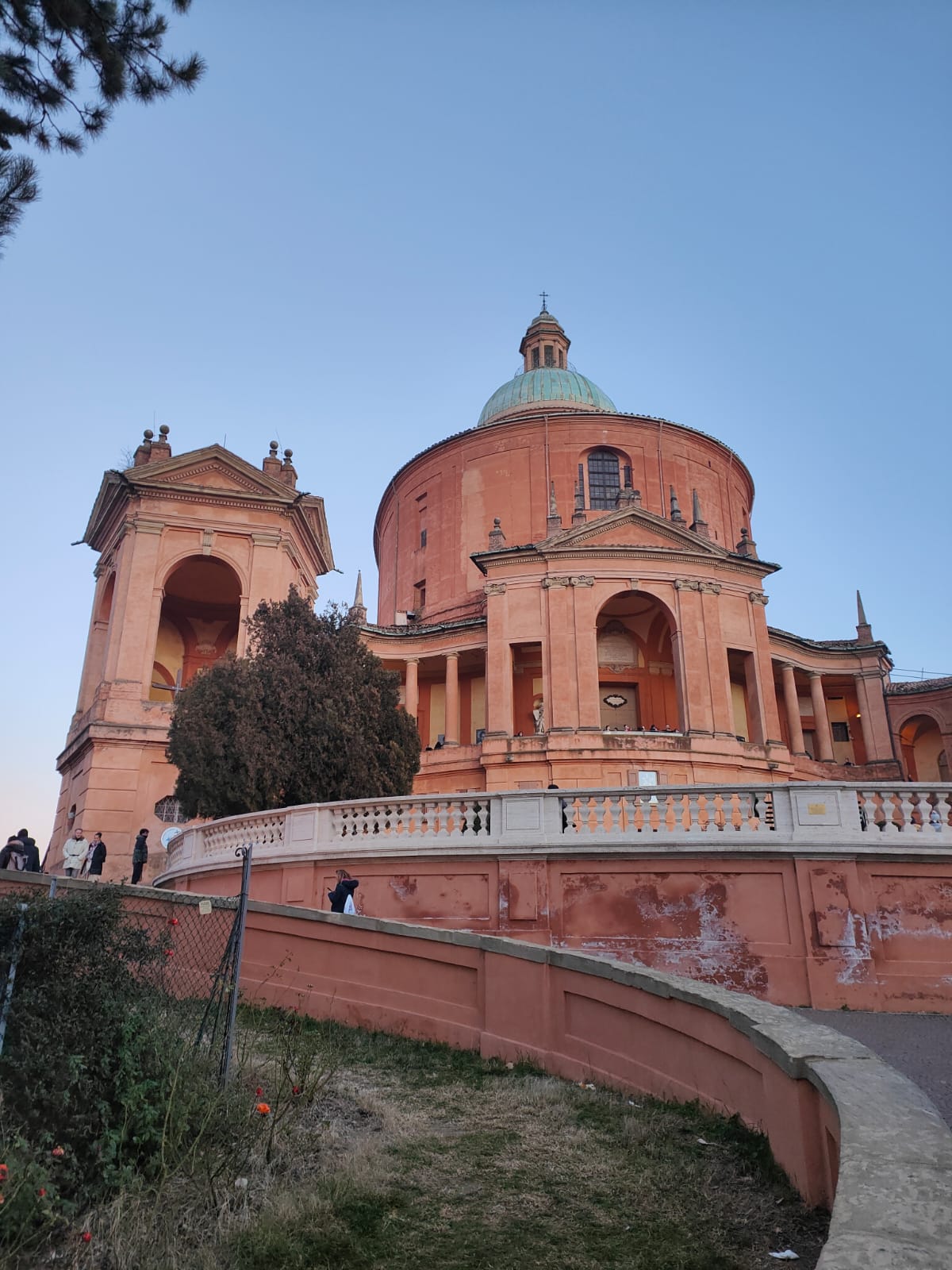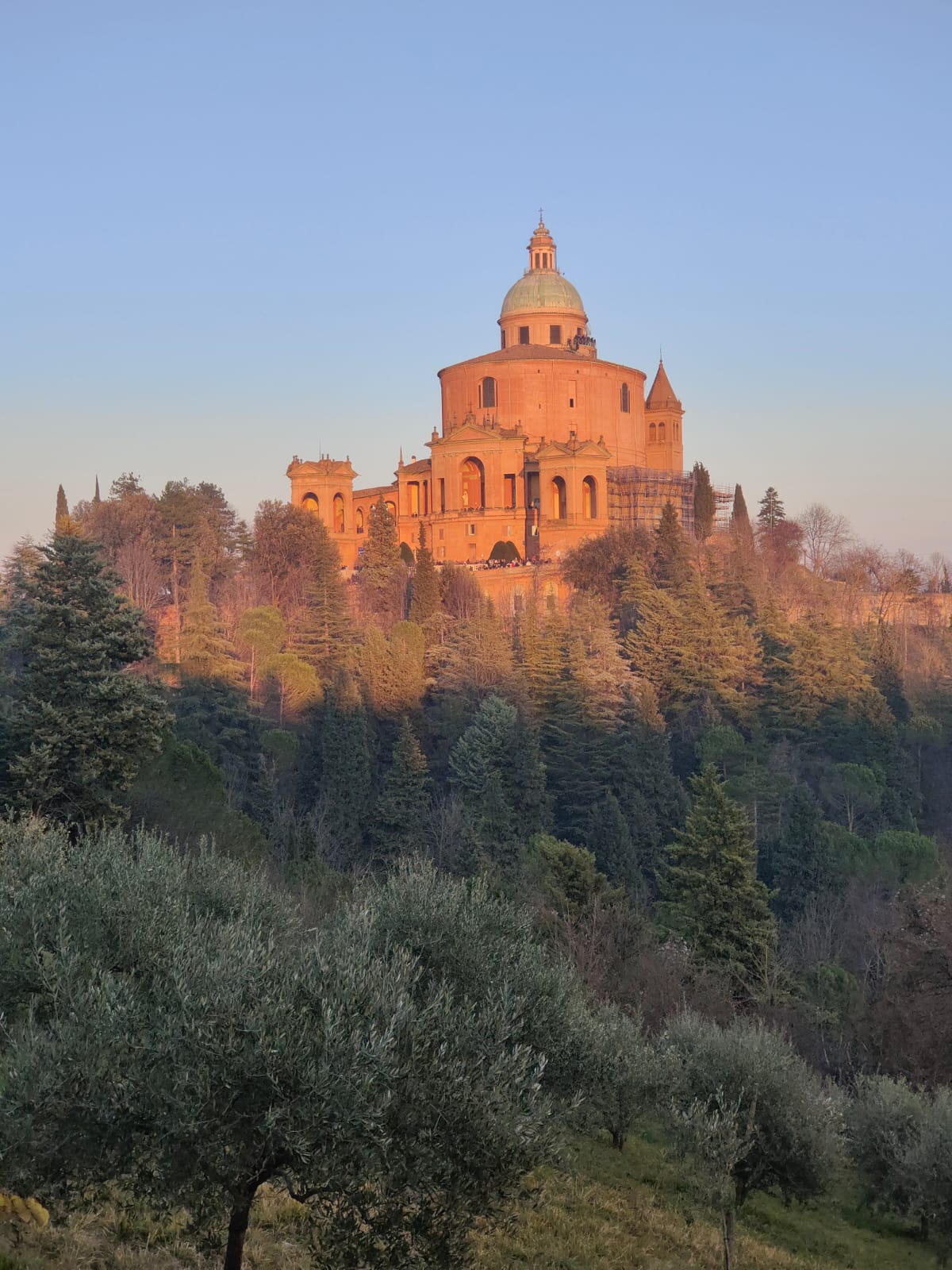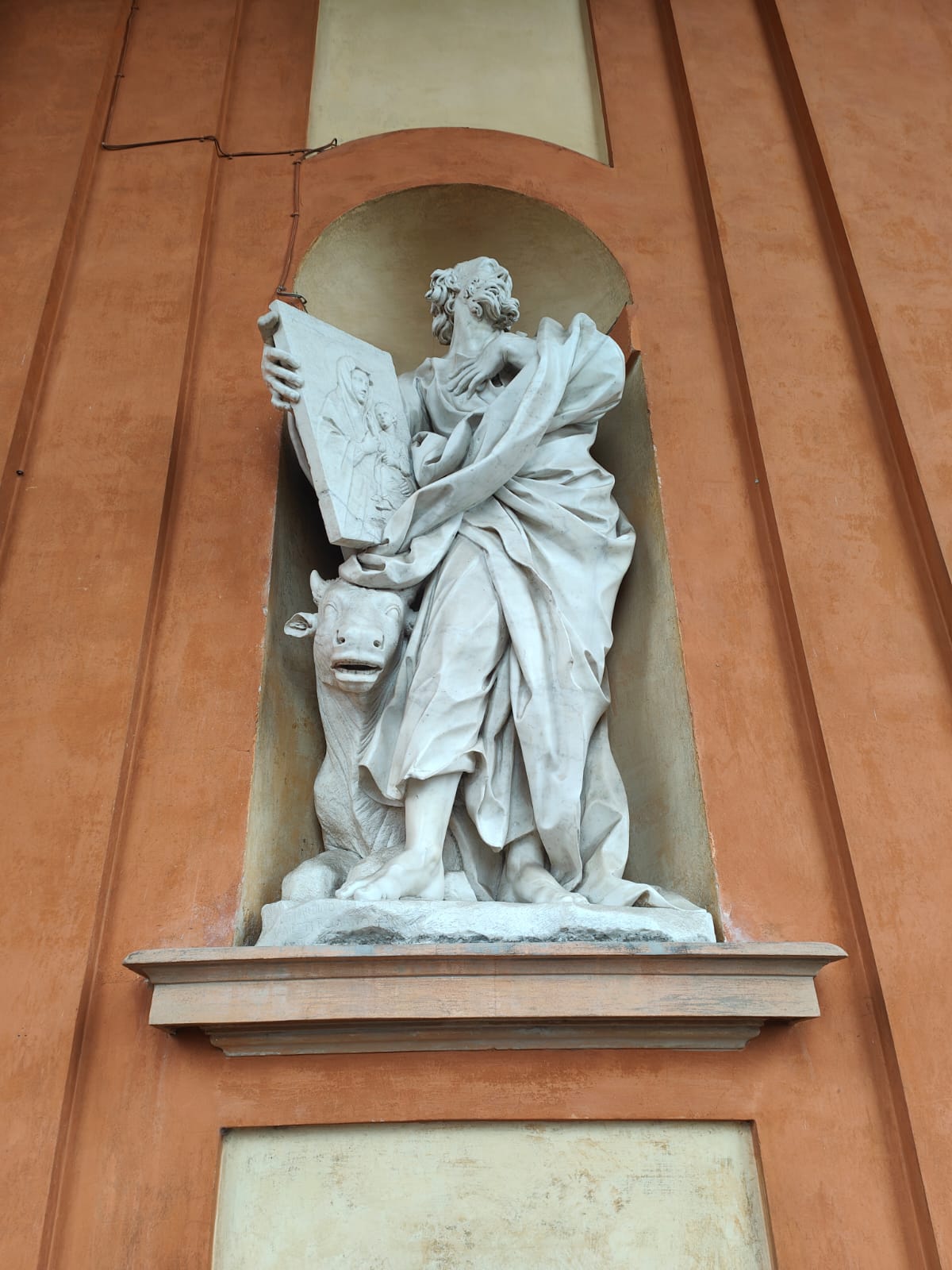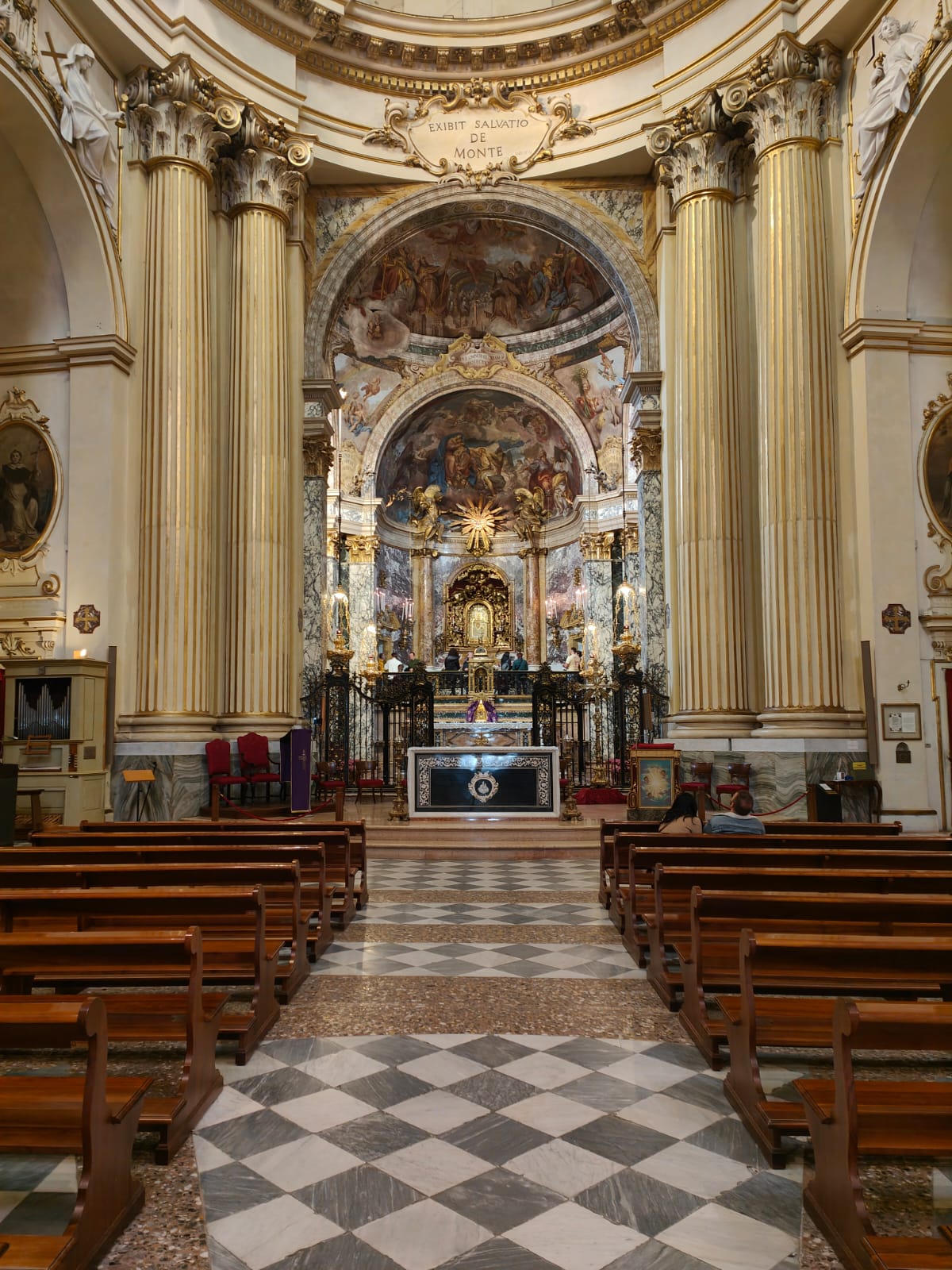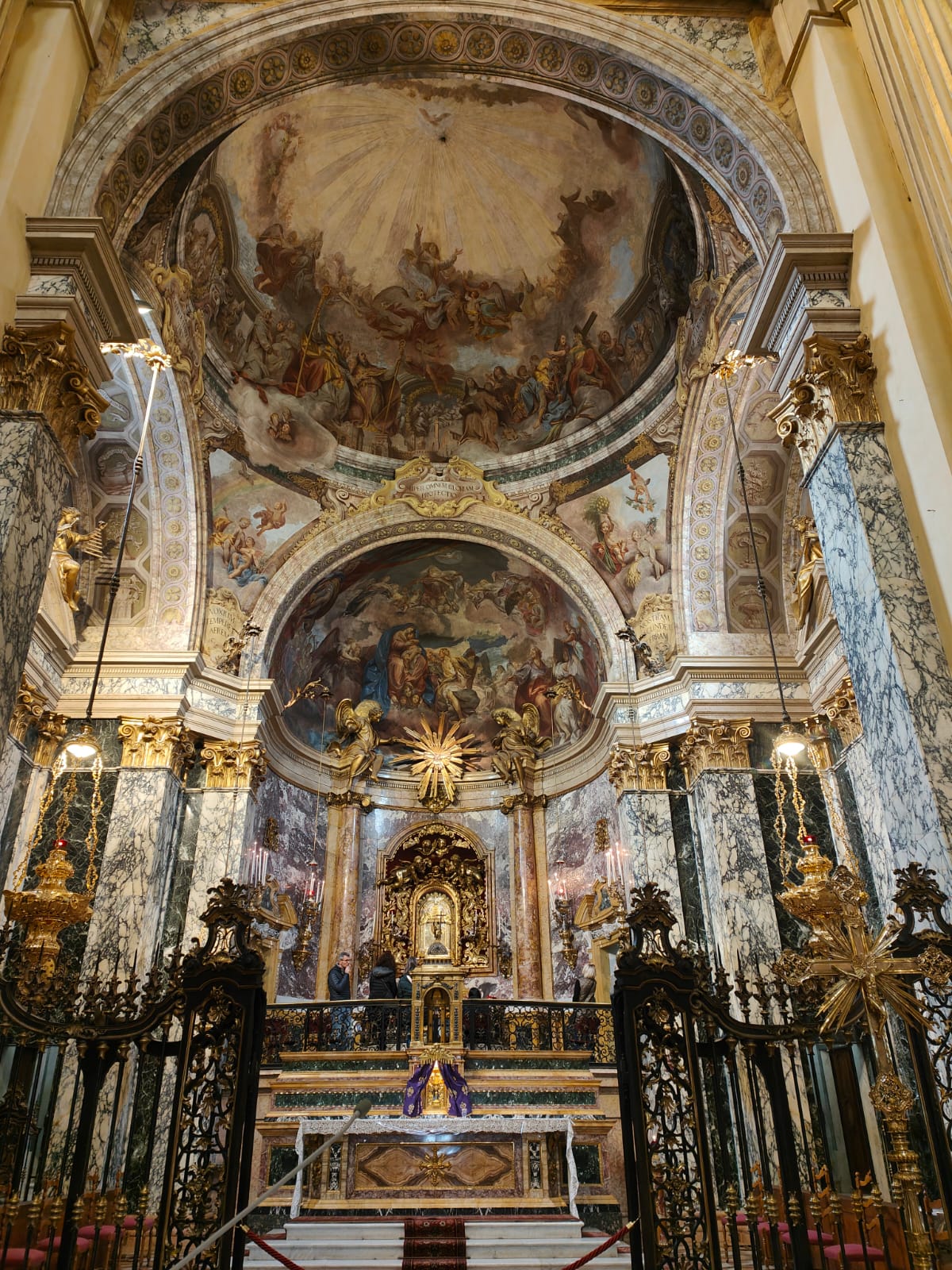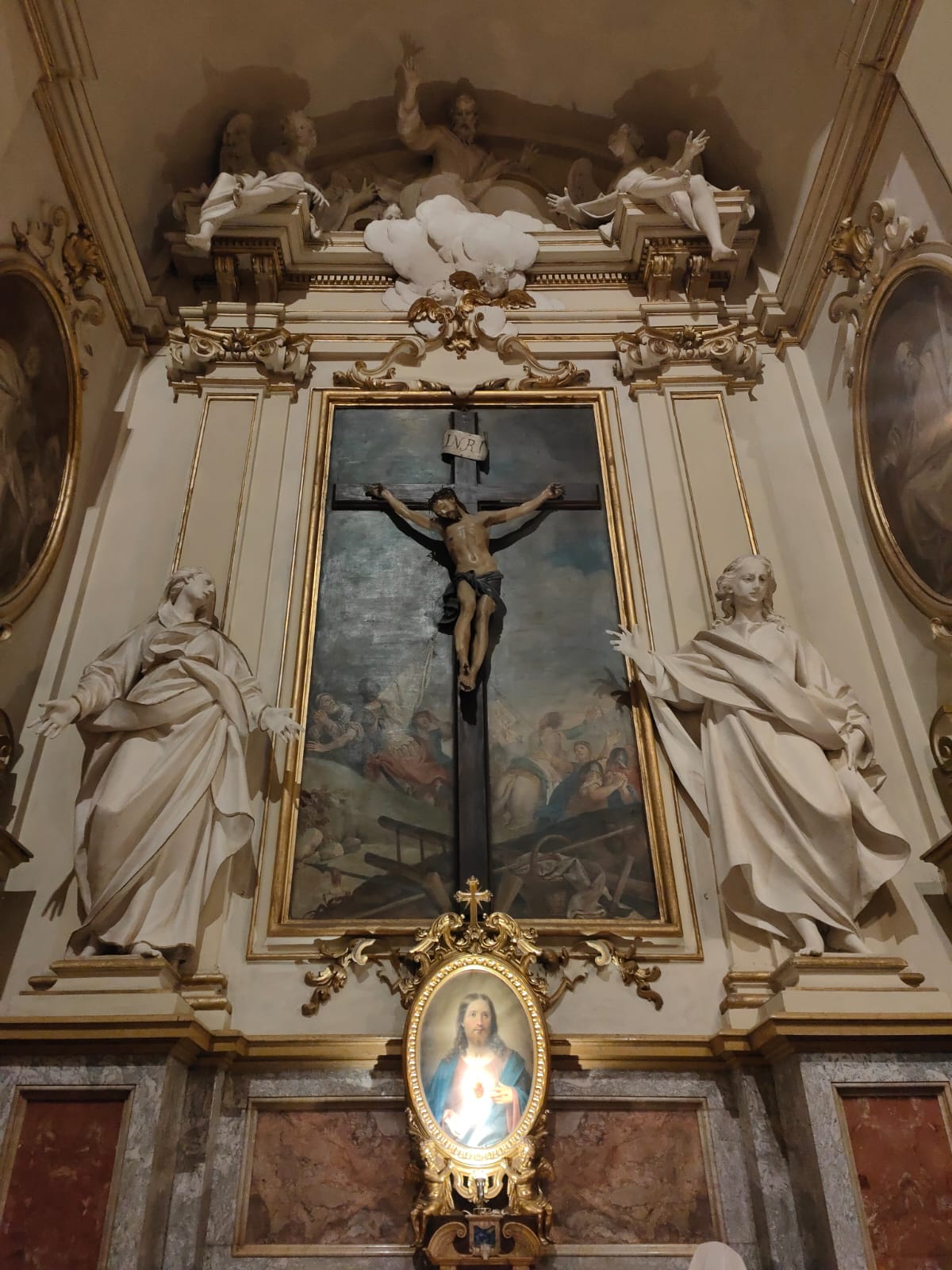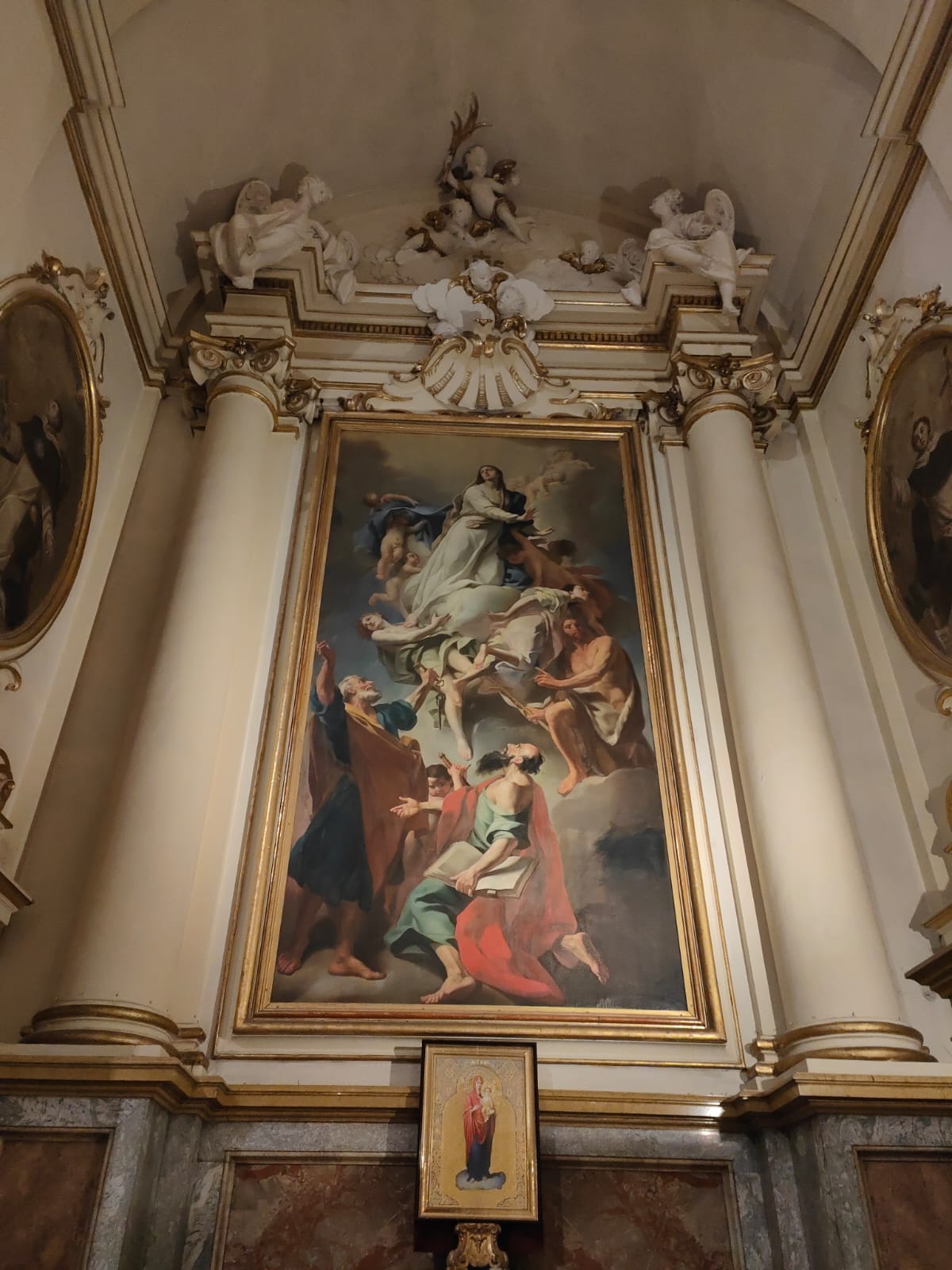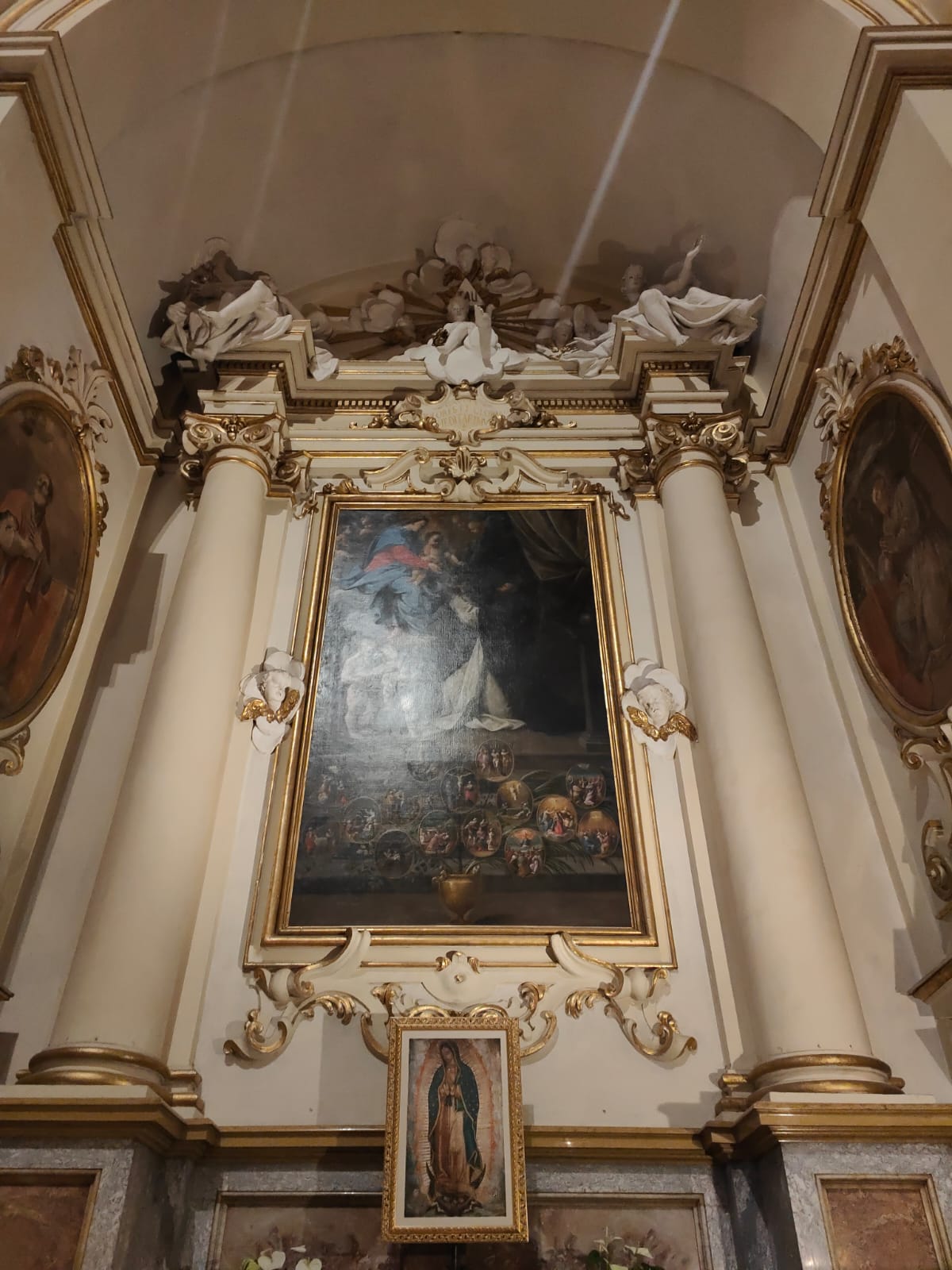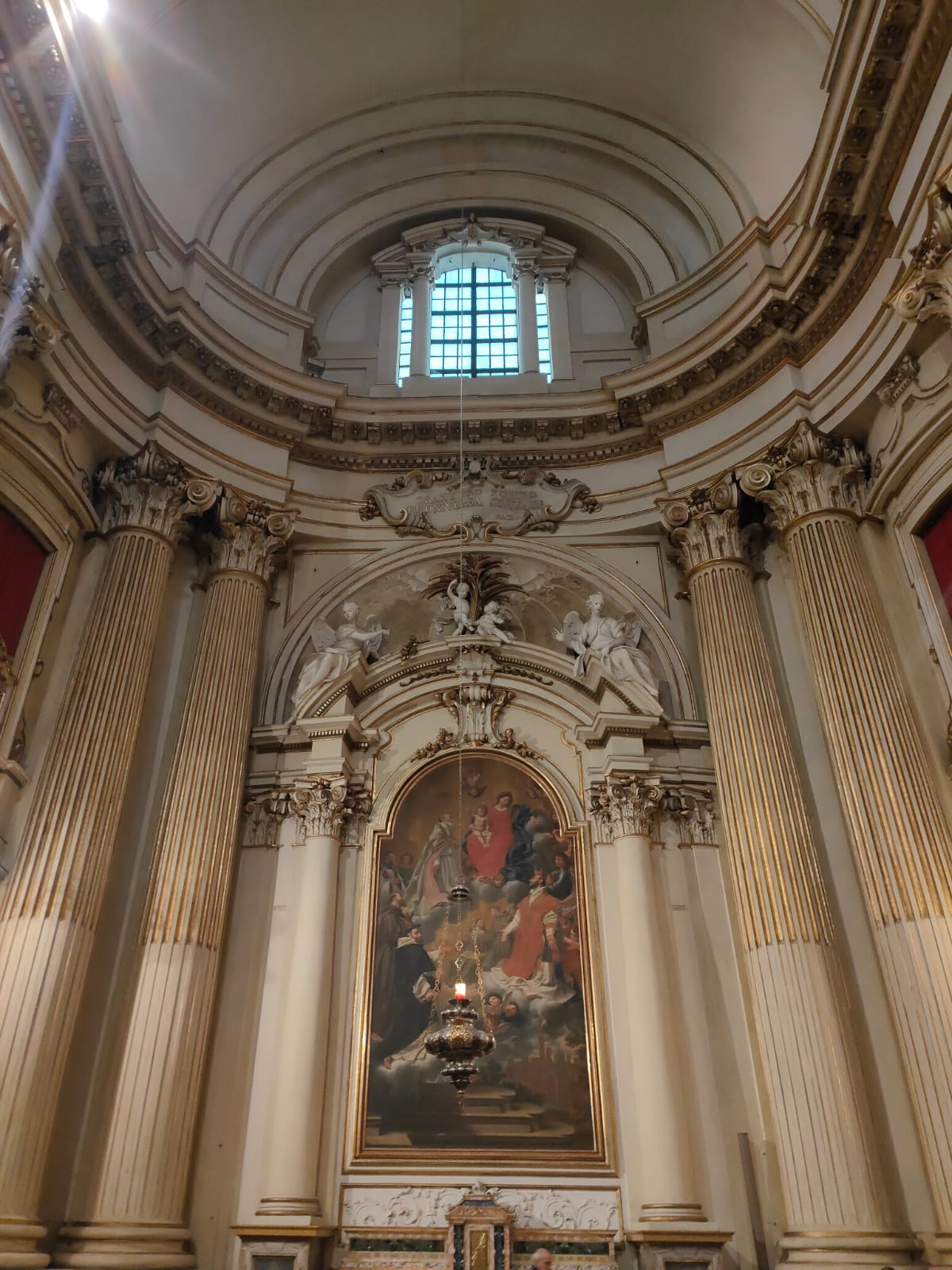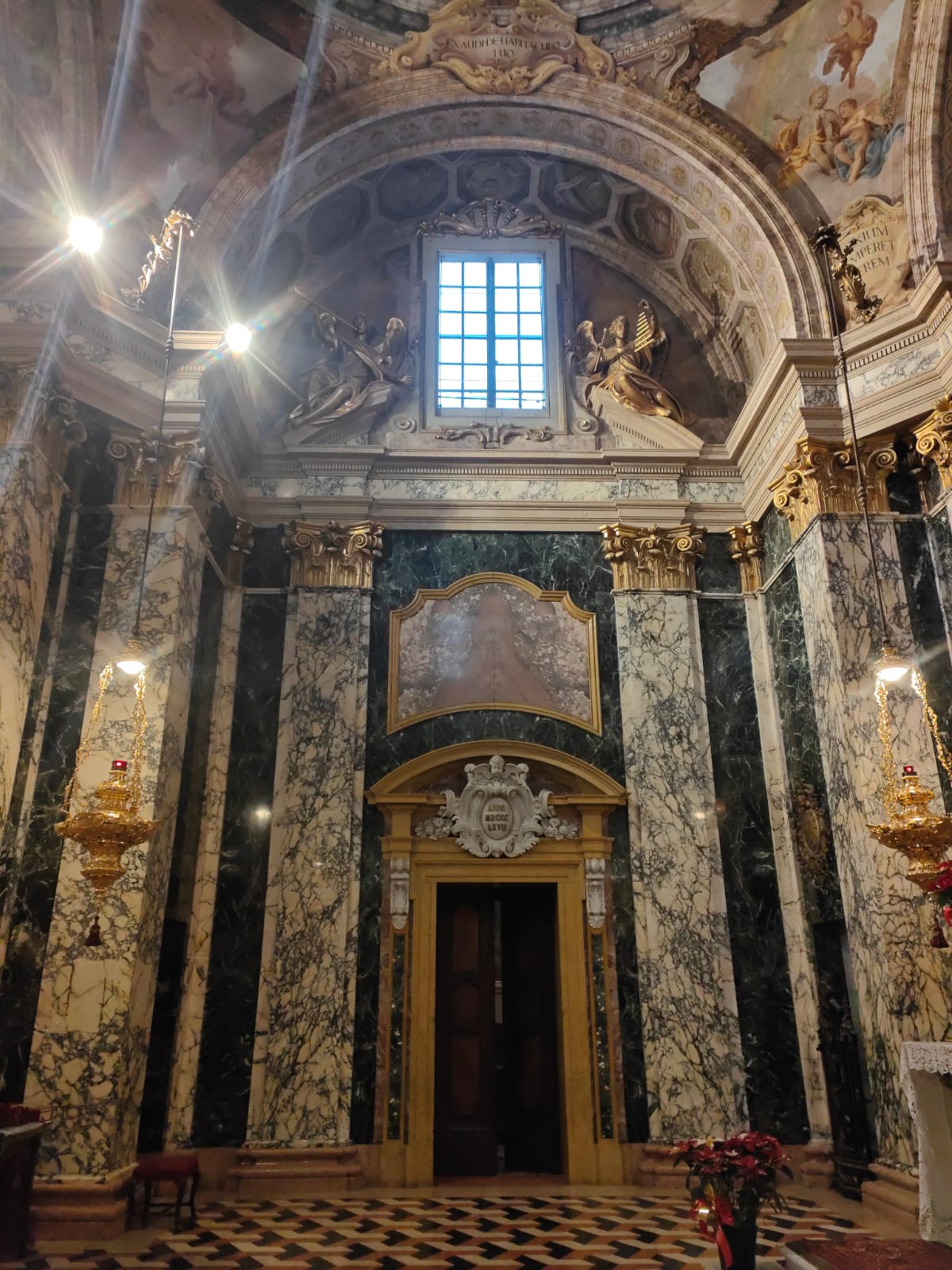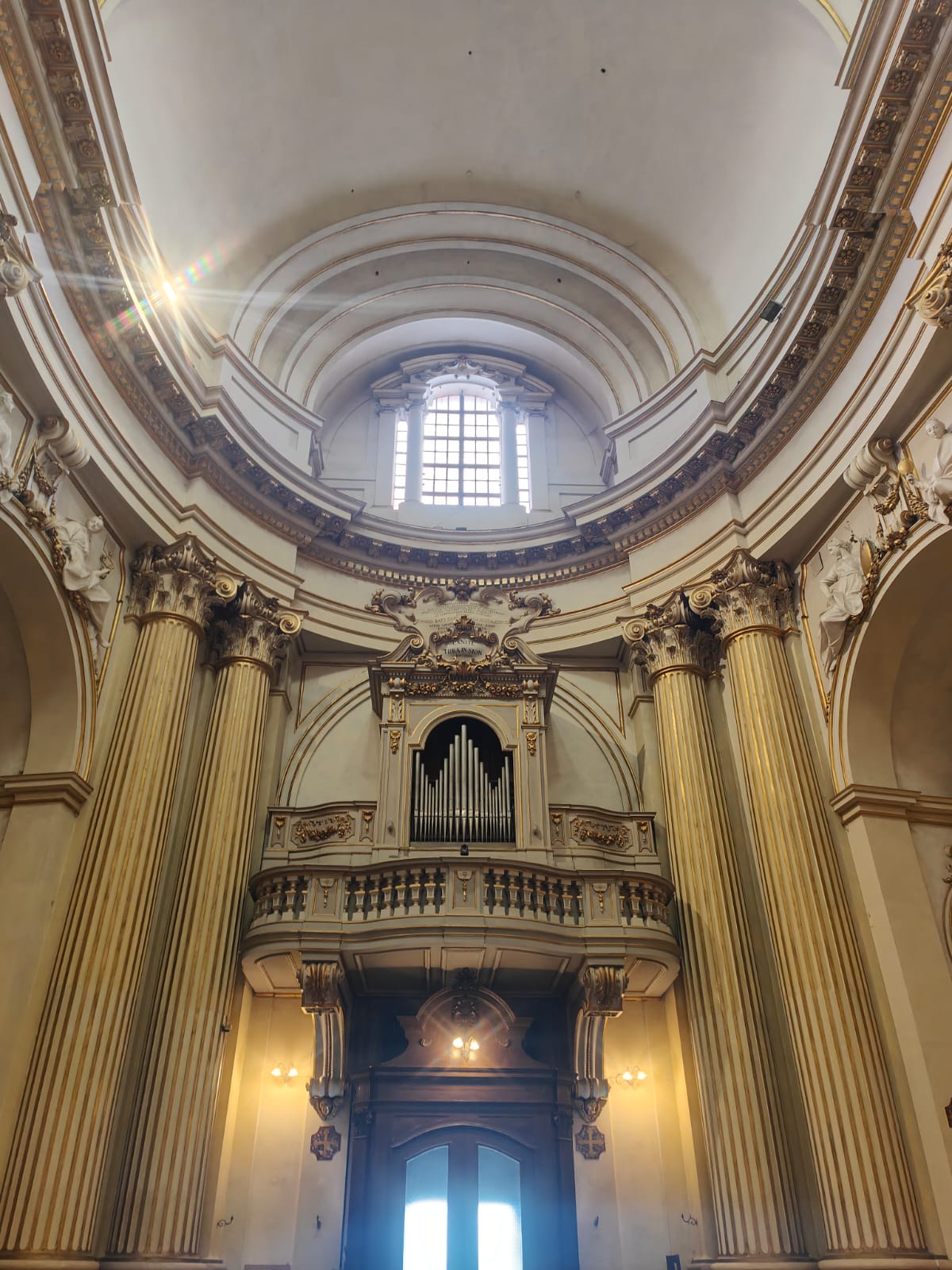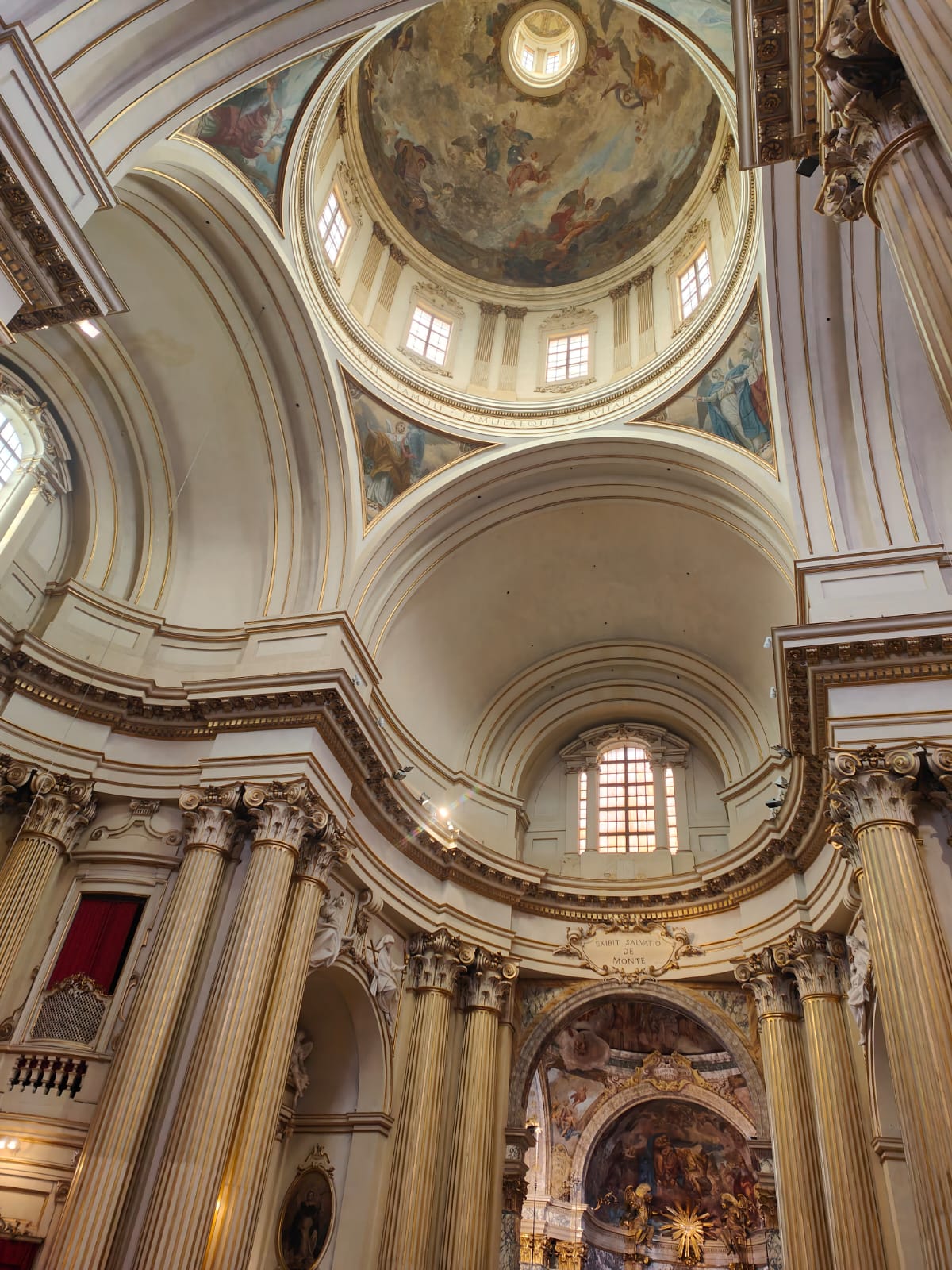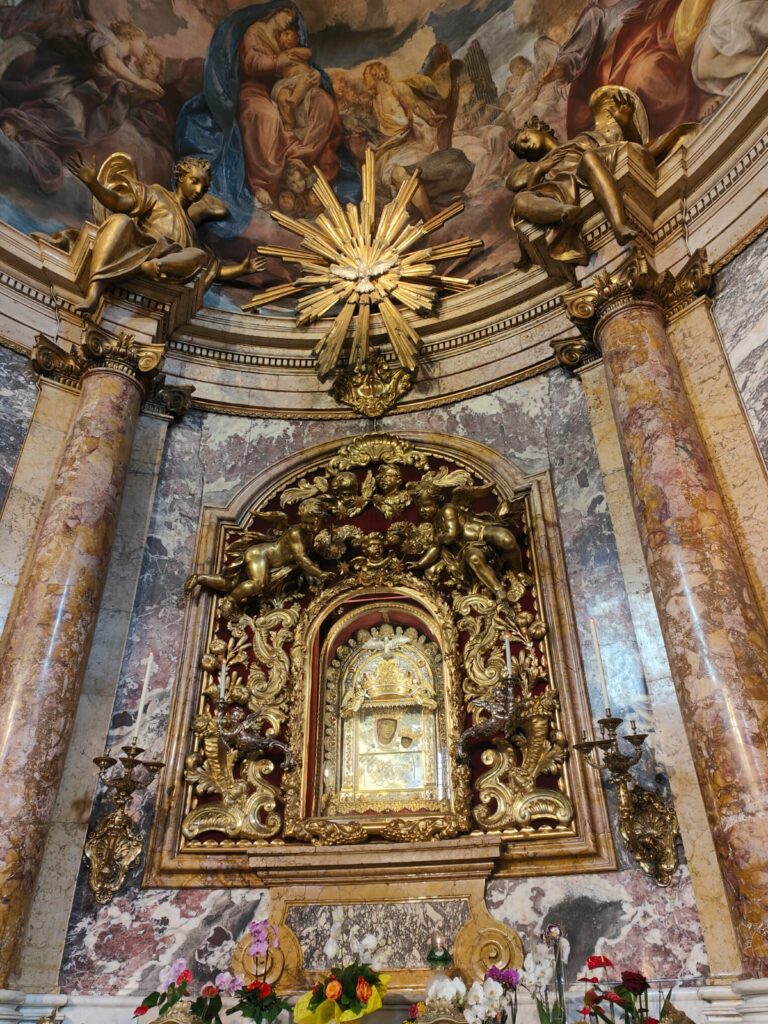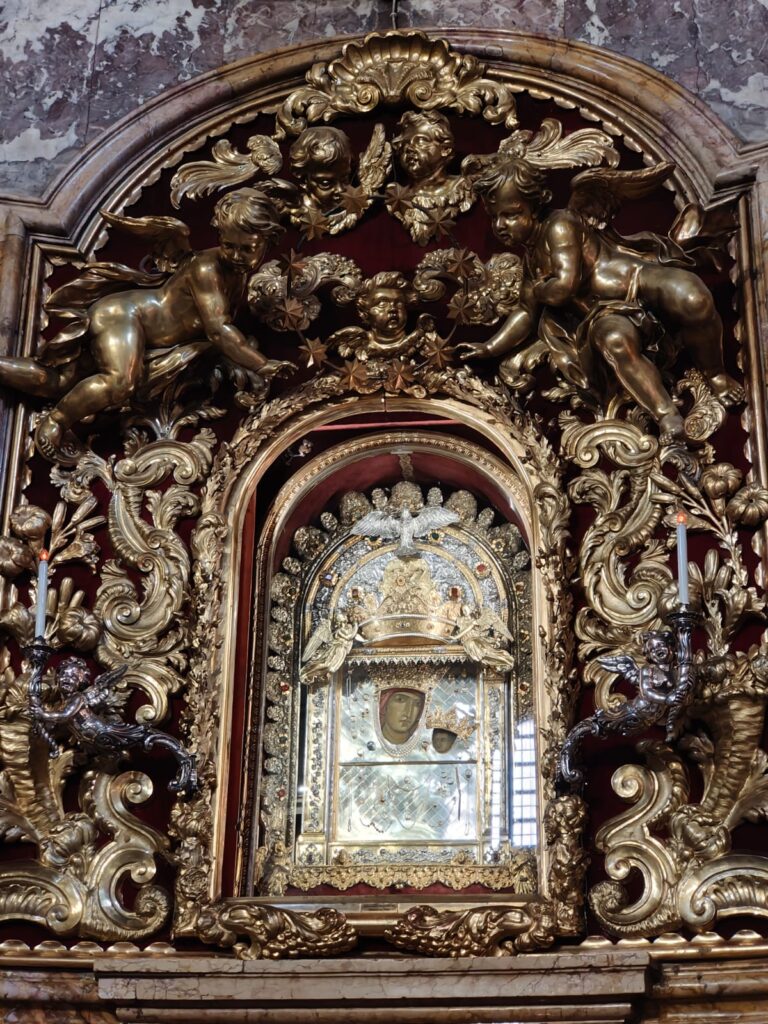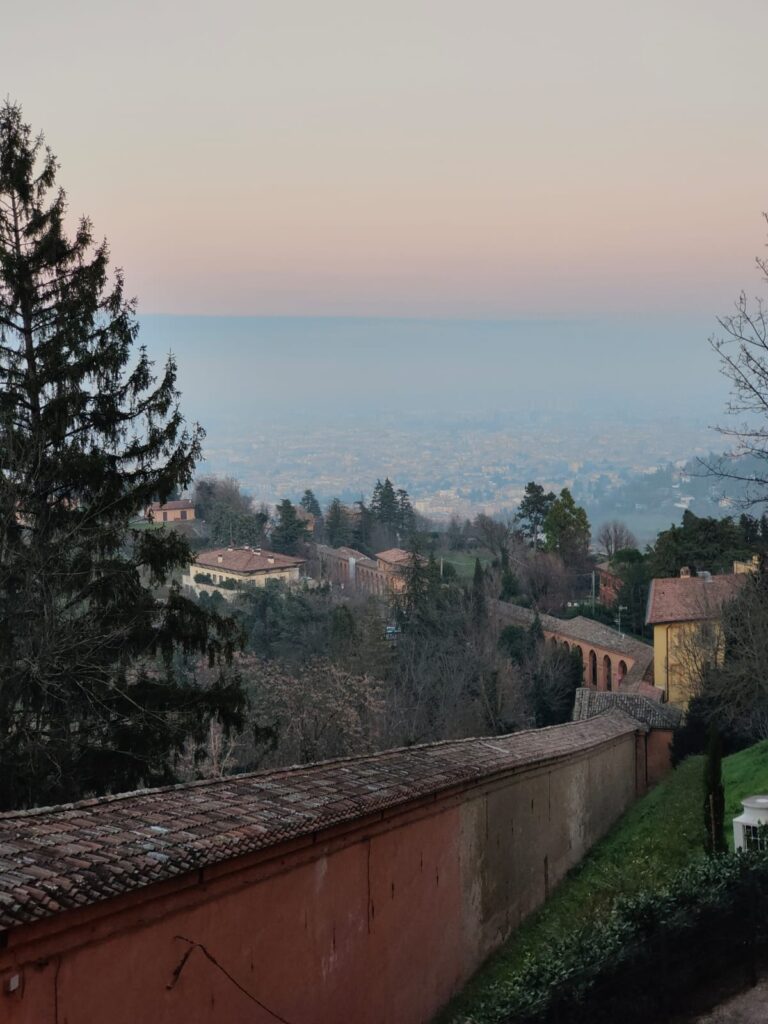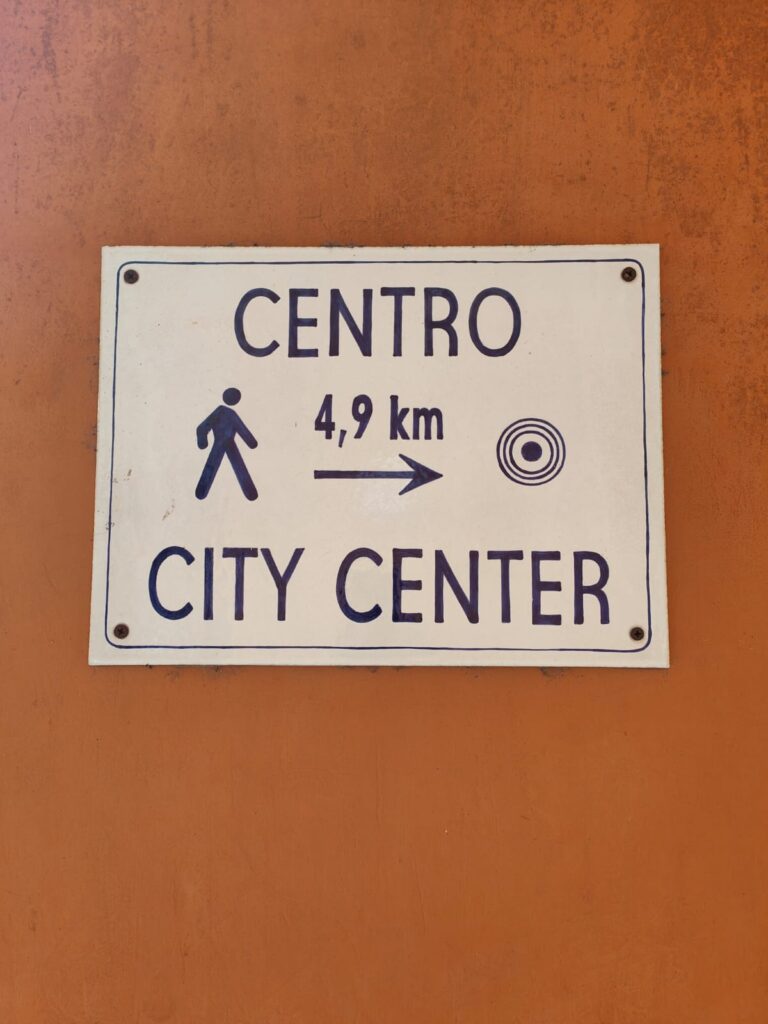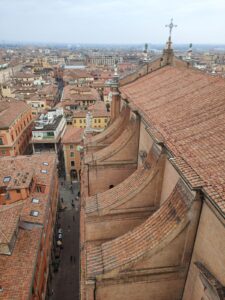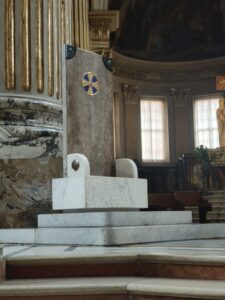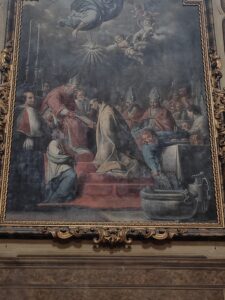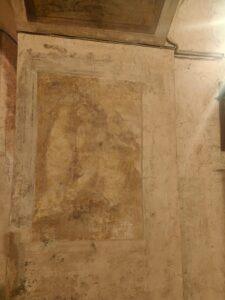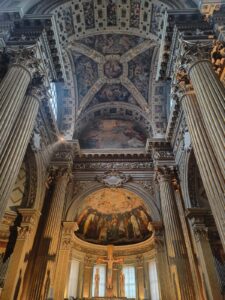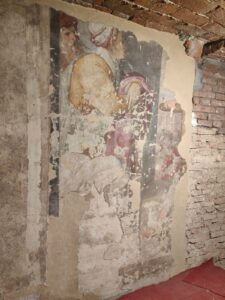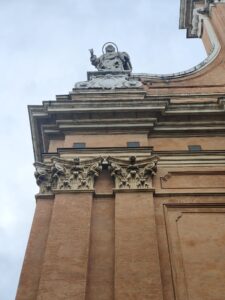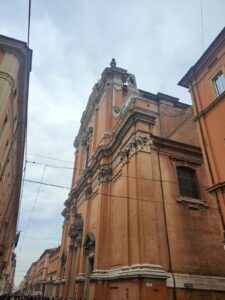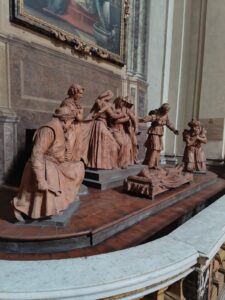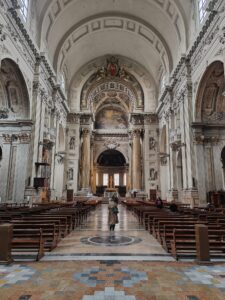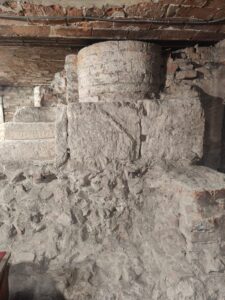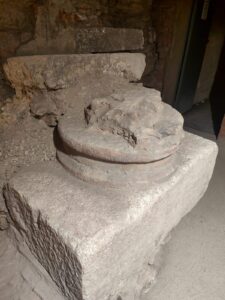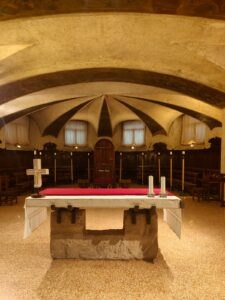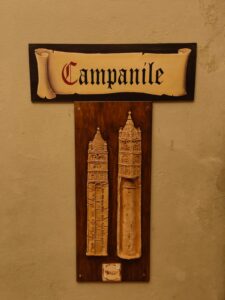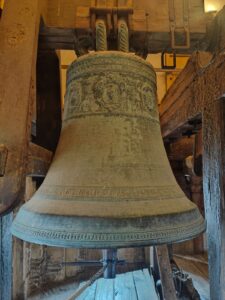San Luca, Bologna, Italy
Sanctuary of the Madonna of San Luca
Perched on top of the mountain Colle della Guardia and overlooking the city of Bologna is the iconic ‘Sanctuary of the Madonna of San Luca’, an important symbol of the city. There has been a church in some form at the site since the 12th century with the current basilica built in the 18th century. Read on as I learn why San Luca is more than just a tourist destination, and as I discover, more by luck than by judgement, about the ‘Madonna and child’ and the symbolism of the longest portico in the world.
History of San Luca
Tradition has it that in the 11th century a pilgrim by the name of Theocles Kmnia arrived in Italy from Constantinople carrying a painting depicting the ‘Madonna and Child’. He was to take the painting to Monte della Guardia (a hill to the southwest of Bologna) but ended up in Rome. Thankfully a Bolognese senator was able to show him the right way. Theocles arrived at the gates of Bologna in 1160 and delivered the painting of ‘Madonna and Child’ to the then Bishop of Bologna, a Gerardo Grassi.
At the top of Monte della Guardia was a small church where Beatrice and Azzolina Guezi (two hermits leading a penitent life) took sanctuary. Bishop Grassi decided to deliver the painting to this church. Thus, the route that pilgrims still take to this day was born.
Over time a large influx of pilgrims visited the church which meant that it needed to expand to cope with the increased numbers. So, in 1194 the foundation stone, which came from Rome, was laid and blessed by Pope Celestine III. Since then, the church has had many transformations. Construction of the church as seen today was started in 1723 by Carlo Francesco Dutti and finished in 1757.
The Church
The basilica is prominent and spectacular being built on top of the hill. It is captivating, looks very Bolognese – plain and simple – basic in its external decor (orange in colour), and with a distinctive dome on top. As I walk in, I’m immediately drawn to the altar at the far end. Unknown to me, this is where ‘Madonna and Child’ is kept.
One soon realises the importance, grandeur and splendour of the altar area. Artwork, pillars, golden decorations adorn this area of the church. One cannot ignore the centrepiece, ‘The Madonna of San Luca’, which is kept in a silver looking case which sits in an ornate cove and is surrounded by golden borders. Also, inside the church it is possible to see works from Guido Reni, Donato Creti, Giuseppe Mazza and Guercino.
The Rains of 1433
In 1443 the heavy rains threatened to destroy the cities harvest. The city elders decided that that a procession from San Luca, carrying ‘The Madonna with Child’ to the centre of Bologna might help the situation. Miraculously, as the painting left San Luca so it began to stop raining. And so, since 1443 it has become tradition (feast of accession) to carry the painting down to the city where it resides in Bologna’s Cathedral for a 1 week before a procession takes it back. There were two occasions when this didn’t happen – firstly, in 1849 when the city was occupied by Austrians and, secondly, in 1944 during World War II.
The modern procession has broken a little from tradition as it now starts at Porta Saragozza and not San Luca and makes its way through the streets of the city to Bologna Cathedral.
The World’s Longest Portico
Built to protect pieces of artwork of the ‘Madonna and Child’ that had been created along the route, local merchants and wealthy families came together to provide the needed funds to build the portico. The world’s longest portico (covered walkway) was built between 1674 and 1793. The first arch starts at beginning of Via Saragozza, a street which leads away from the city at Porta Saragozza (gate of Saragozza).
The portico is made up of 666 arches and 15 chapels. The number of arches may be thought a very controversial number when you consider its religious significance (the number of evil and, some would say, the devil) but it is, in fact, by design. When looking from above the portico resembles a snake slithering up the hill to ‘meet’ the ‘Madonna’ church. The snake symbolises the devil and the church is seen as victorious and reigning supreme over the devil.
The length of the walk from bottom to top is 4km. For tourists and pilgrims alike, it is said that reaching the Sanctuary of the Madonna of San Luca by foot can make a wish come true.
Conclusions
The Sanctuary of the Madonna of San Luca should not be missed when visiting Bologna. Simple in appearance yet significantly symbolic, it is a pilgrimage site for believers, but also a very popular tourist destination. A portico plod may be inspiring though extremely exhausting, especially in the summer months. Reach the top, however, and there is great reward. This trip educated me on the ‘Madonna and Child’ and the significance it plays in the city of Bologna, and how it effects its traditions and its people. San Luca is a beautiful place of myth and mystery.

